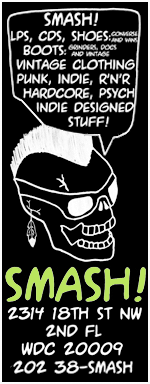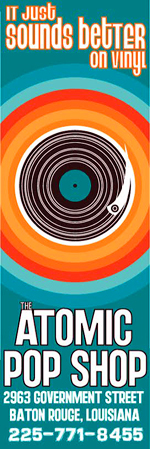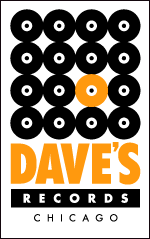
In the annals of jazz, tenor saxophonist and composer Sonny Rollins is simply incomparable. A man without a creative weakness, he is equally celebrated as an innovator and for his sublime transformations of jazz standards and classic American song. No record gets to the core of Rollins’ greatness better than Way Out West. Originally released in 1957, it comes out in a fresh 180 gram vinyl edition this week via Craft Recordings as part of the label’s Contemporary Records Acoustic Sounds series, remastered from the original tapes by Bernie Grundman and tucked into an utterly swank tip-on jacket.
Having debuted on record in 1949, backing hipster jazz vocalist Babs Gonzalez in his band Three Bips and a Bop on a 10-inch 78 rpm disc for the Capitol label, Sonny Rollins played and recorded extensively and by the mid-1950s he was the top tenor saxophonist in jazz. After cutting an LP a year as a leader from 1953-’56 for Prestige, Rollins exploded onto the marketplace in ’56 with a half dozen albums, all for Prestige, including what many consider his greatest recording, Saxophone Colossus.
After exiting his Prestige contract, Rollins became something of a free agent across an equally productive stretch, cutting three albums for Blue Note and one record for Riverside, plus half of a split album shared with the Thad Jones Ensemble for the Period label and the record under review here, all released in 1957.
Of the studio albums, Way Out West stands out for it’s lack of piano. On Rollins’ trip to California (hence the title and its accompanying cover motif, which was reportedly Rollins’ idea), he was joined by bassist Ray Brown and drummer Shelly Manne in a foray into what the saxophonist described as “strolling,” which in short means improvising in a band that lacks a chordal instrument (e.g. piano or guitar).
Playing without a piano in the band hasn’t been a big deal in a long time, but in the hard bop-dominated 1950s it was almost unheard of. Rollins wasn’t the first to do it and he wasn’t even explicitly attempting to reshape the foundations of the jazz unit, but was instead just striving to maximize his freedom of expression. There’s nothing severe in Way Out West’s grooves; to the contrary, the record stirred up no hubbub and is as inviting as anything in Rollins’ sizable discography.
Along with further solidifying the concept of the title and even more so the cover photo, a version of Johnny Mercer’s “I’m an Old Cowhand (From the Rio Grande)” is taken at an energic pace as the opening track, but with a take of Duke Ellington’s “Solitude” the trio slows it down and really conjures up the atmosphere of a stroll. Brown’s playing is huge but not intrusive and Manne’s full of expressive vigor without succumbing to shallow flash, but it’s Rollins’ emotionally rich soloing that best captures the record’s exploratory spirit.
The Rollins original “Come, Gone” gradually grows into a near breakneck burner with some wonderfully edgy blowing, but then side two settles back into the more leisurely zone with a version of the western standard “Wagon Wheels” followed by a reading of the Isham Jones jazz staple “There Is No Greater Love.” And then the title cut, the second Rollins original, closes the record with panache.
Rollins explored the pianoless trio again on his first live set, A Night at the Village Vanguard, recorded in one day with two different rhythm sections in November of 1957 and released the next year. Also in ’58, he cut Freedom Suite in the studio for Riverside with bassist Oscar Pettiford and drummer Max Roach. Both albums are indispensable, but there will be a nagging sense of incompleteness without the loose and assured brilliance of Way Out West.
GRADED ON A CURVE:
A+












































